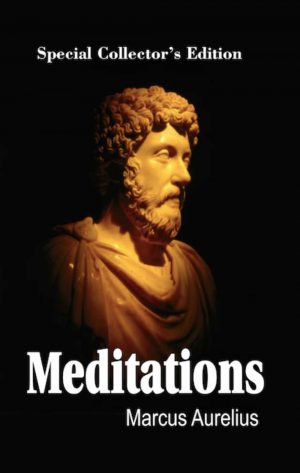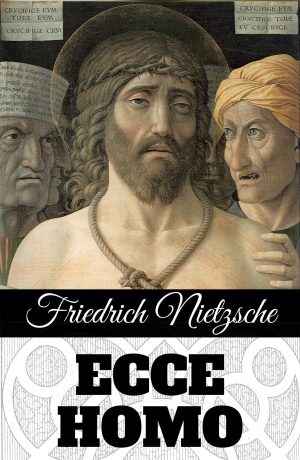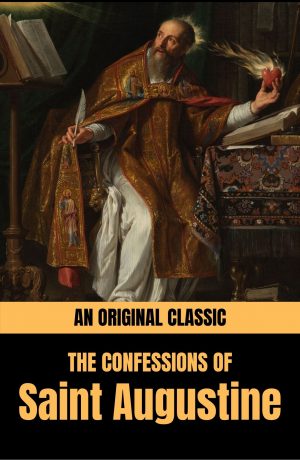| Weight | 1.100 kg |
|---|---|
| Dimensions | 22 × 14 × 5 cm |
Religion & Philosophy
Sri Bhagavadgita Rahasya by Bal Gangadhar Tilak ,Golden Embossed; Collector’s Edition,Hardcover
- ISBN : 978-8182478374
- Page : 768
This beautiful edition, contains the essence of the Vedas and the Upanishadas, and is a sure guide of the way to perfect happiness, here as well as hereafter. It preaches the threefold way of knowledge, Action and Devotion, leading to the highest good of mankind. This book is a golden embossed edition of the classic and is suitable for festive gifting as well as keeping in ones own personal library. Its soft matt finish and embossed gold gives it a rich look topped up with enriching content
₹1,095.00 ₹1,295.00






There are no reviews yet.